Fix: lsass.exe Unable to locate component; Application failed to start
The Local Security Authority Subsystem Service (lsass.exe) is a process that deals with the Active Directory database on your system. This service is vulnerable and can easily be targeted by certain viruses that attempt to enter your system. When this service becomes corrupted by a virus, you will receive the lsass.exe application error while booting into your Windows. As a result, you cannot pass the loading page of your Windows boot.

Below, we have prepared a guide that will walk you through all the steps that will help you access your system without receiving the lsass.exe error prompt.
1. Perform anti-virus scans
The lsass.exe service error occurs when the process becomes corrupted by various viruses. Therefore, you must ensure that the service recovers by performing anti-virus scans. However, since your system cannot boot and receives the error message after the loading screen, you must use the following steps to perform the actions through the Windows startup menu:
Use System Restore
- As you enter Safe Mode, press the Win +R key to open the Run command.
- Type “control panel” and click OK.
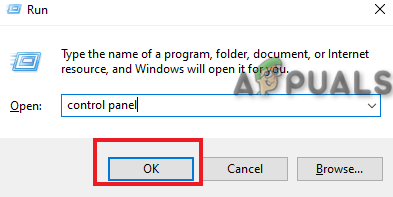
Opening the control panel - Select “Large icons” on the View page page.
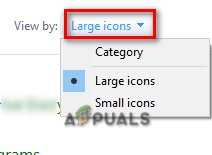
Settings Icons at Large Font Size - Navigate to Recovery > Open System Restore.
- Choose a different restore point and click Next.
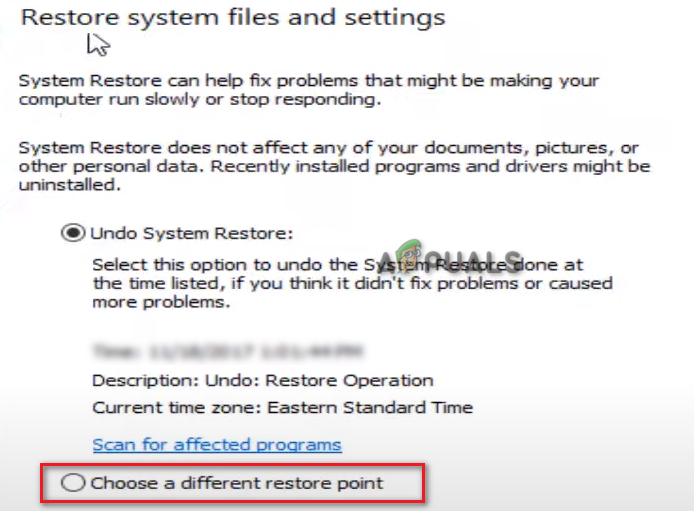
Choosing a different restore point - Select a suitable restore point and click Next.
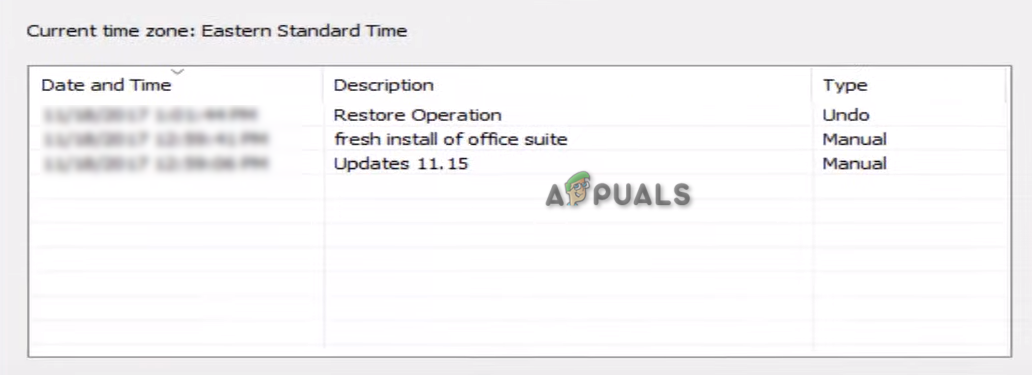
Selecting a restore point - Click on Finish and Yes to the confirm the restore point.
- This process will take several minutes, so make sure not to turn off your computer.
Run anti-virus scans
After your system has been restored, you must perform anti-virus scans to get rid of the virus that effected the lsass.exe service.
- Open the Windows Settings by pressing Win + I
- Navigate to Update and Security > Windows Security > Virus and threat protection.
- Scan for any virus and click “Start action” when a virus is found.

Removing Virus from system - Additionally, you can use programs such as Avast to remove the virus.
- Open the Avast Antivirus Software.
- Navigate to Menu > Settings > Protection.
- Turn on the “Core Shields” toggle button.
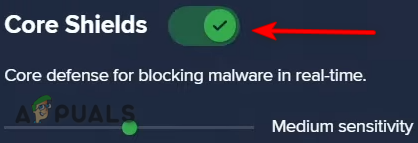
Turning on the Avast Core Shield - Scroll down to the Configure shield settings section.
- Check all “Enable Shield” boxes and start the Avast Antivirus scan.
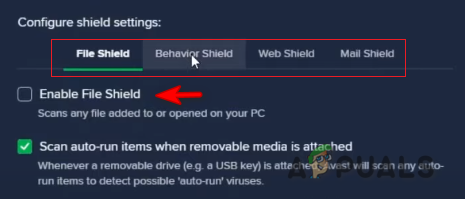
Enabling shield protection
2. Replace the oleaut32.dll file
In most cases, the application fails to start because the oleaut32.dll file is missing. Therefore, reinstallation is not necessary; instead, replacing the oleaut32.dll file will help resolve the error. You can follow the steps below to see how to replace the oleaut32.dll file if it is missing from your system:
For this method, you must have access to your Recovery Control. If you have managed to enter the Recovery Control using the bootable installation CD, you can proceed to follow the instructions below:
- Open the Windows Start menu with the Win key.
- Type “cmd” and select “Run as administrator”
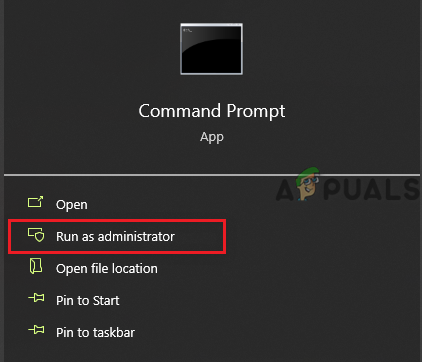
Running the command prompt as an administrator - Copy and paste the following command and press the Enter key to replace the DLL file into the folder:
copy c:\windows\system32\dllcache\oleaut32.dll c:\windows\system32
- In case, you cannot find the dllcache folder, you can use the following command:
copy c:\windows\servicepackfiles\i386\oleaut32.dll c:\windows\system32
- Once the file has been replaced, remove the bootable Installation CD.
- Type ‘exit’ and perform a system restart.
3. Perform a Repair Install
If you still see the lsass.exe unable to locate component message while booting your Windows, then, as a last resort, you must perform a Repair Install. This feature, introduced in Windows 10, allows you to repair your Windows without the need to boot from the installation media. However, this method requires a few additional steps, which is why it should be performed as a last resort.
 Reviewed by
Reviewed by 



